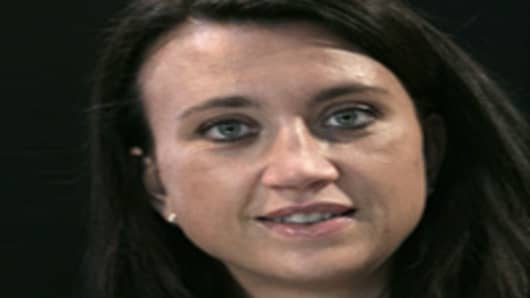Publishers and booksellers are in a rush to find more Nordic noir to follow Stieg Larsson’s Millennium trilogy, known for the indelible characters of Ms. Salander and the investigative journalist Mikael Blomkvist. The books have become a publishing phenomenon, selling 6 million copies in the United States and 35 million copies worldwide — nearly four times the population of Sweden. The third and final book in the series, “The Girl Who Kicked the Hornet’s Nest,” was published last month in the United States by Alfred A. Knopf and instantly became the must-read book of the summer.
But Mr. Larsson died in 2004 at the age of 50; the series is seemingly at an end just at the moment when the public’s appetite for Mr. Larsson’s brand of Scandinavian mayhem is at its peak. (An unfinished fourth manuscript may extend the series.)
“The question is, after everybody reads ‘Hornet’s Nest,’ what are they going to do?” said Stan Hynds, a book buyer at Northshire Bookstore in Manchester Center, Vt. “I’ve got this funny feeling that every publisher is going to come out with the next Stieg Larsson.”
Well, maybe not every publisher — but a lot of them.
Scandinavian crime fiction has been popular among serious mystery readers for decades, but even best-selling novelists like Henning Mankell are not yet widely known in the United States.
If there is a formula to the genre, it often includes a cold, stark setting and a grizzled detective figure who consumes too much coffee and junk food. The book covers tend to the bleak and icy, with images of frozen lakes, barren forests and perhaps a foreboding bloodstain.
“Their protagonists are aggressive, but more subdued than in American crime fiction,” said Dave Callanan, a senior editor for books at Amazon.com . “They’ve had their jobs tramped all over them. There’s a slight cynicism to them.”
Scandinavian writers who have had small but devoted followings are now seeing their books showcased alongside Mr. Larsson’s extraordinarily popular series. The intense interest in the Larsson books prompted the staff at Powell’s Books in Portland, Ore., to create a special section in the store for two dozen Scandinavian mysteries, by Karin Fossum, Jo Nesbo, Kjell Eriksson and Yrsa Sigurdardottir.
In March, a mystery by Mr. Mankell, who has been publishing books in Sweden since 1973, reached The New York Times hardcover best-seller list for the first time. The fall catalog for Minotaur Books, part of Macmillan, notes that “Hypothermia,” by the Icelandic author Arnaldur Indridason, will be marketed directly to fans of Mr. Larsson. Knopf recently signed Mr. Nesbo, a Norwegian novelist, to a three-book deal. In September, Pantheon plans to publish “Between Summer’s Longing and Winter’s End” by Leif G. W. Persson, another potential follow-up to Mr. Larsson.
“I think Larsson readers might turn to some of the other ones,” said Sonny Mehta, chairman of the Knopf Doubleday Publishing Group. “People have talked about Henning Mankell and Larsson almost in one breath. And they’re talking about Jo Nesbo in that manner, too.”
Only months after the American publication of “The Girl With the Dragon Tattoo” in 2008, Jessica Case, an editor at Pegasus Books, took an interest in Ms. Lackberg, a raven-haired former economist who is a best-selling author in Sweden but a virtual unknown in the United States. The publisher gave Ms. Lackberg a hefty advance — “one of the highest advances we’ve ever paid,” Ms. Case said, though she declined to be more specific — and carefully planned the American debut of the first book, “The Ice Princess,” for this week.


